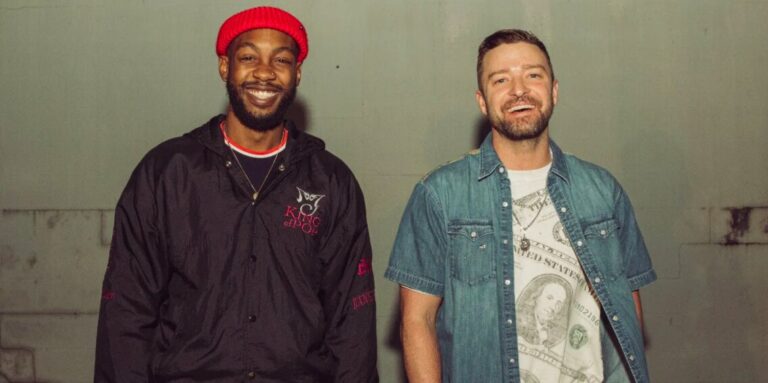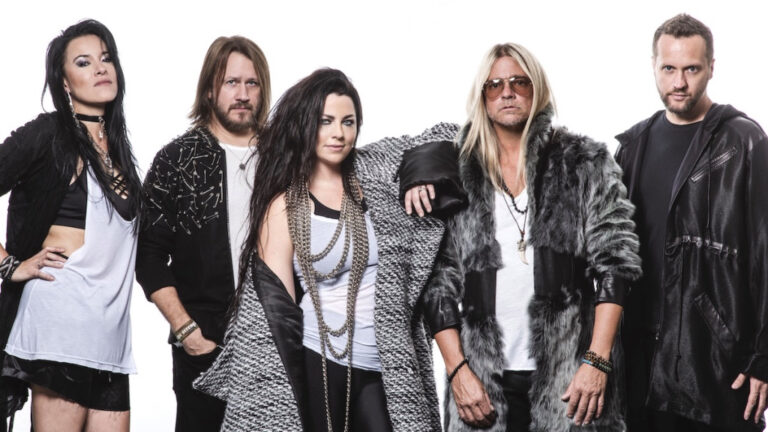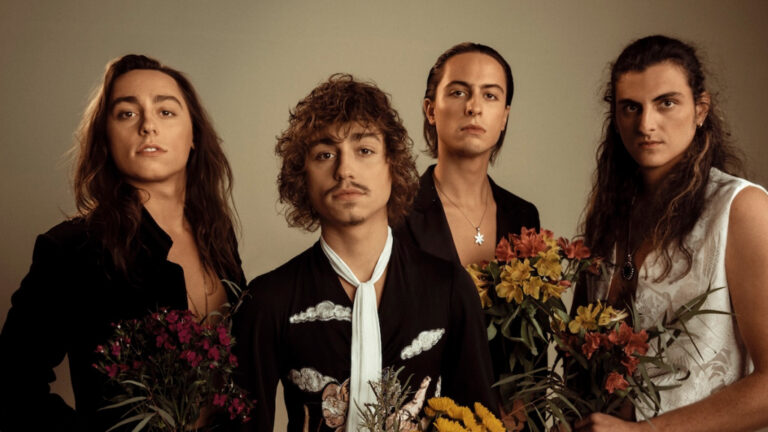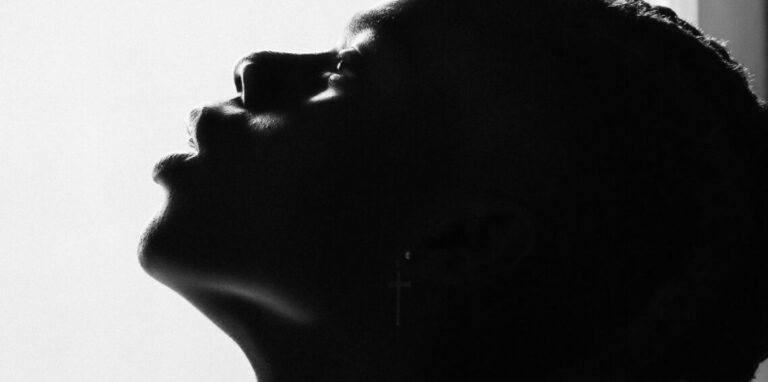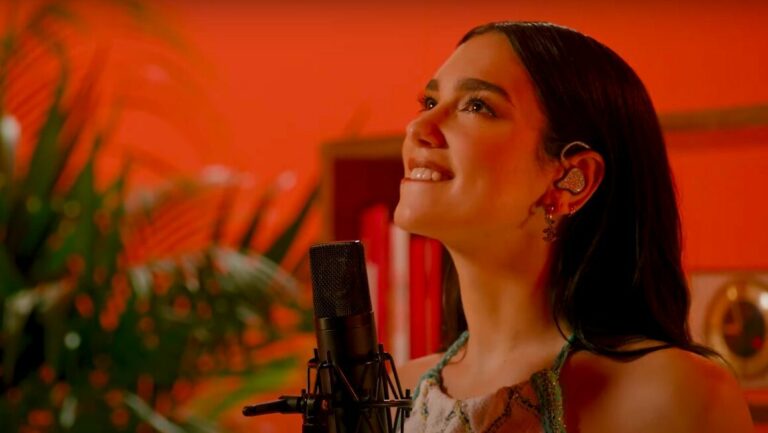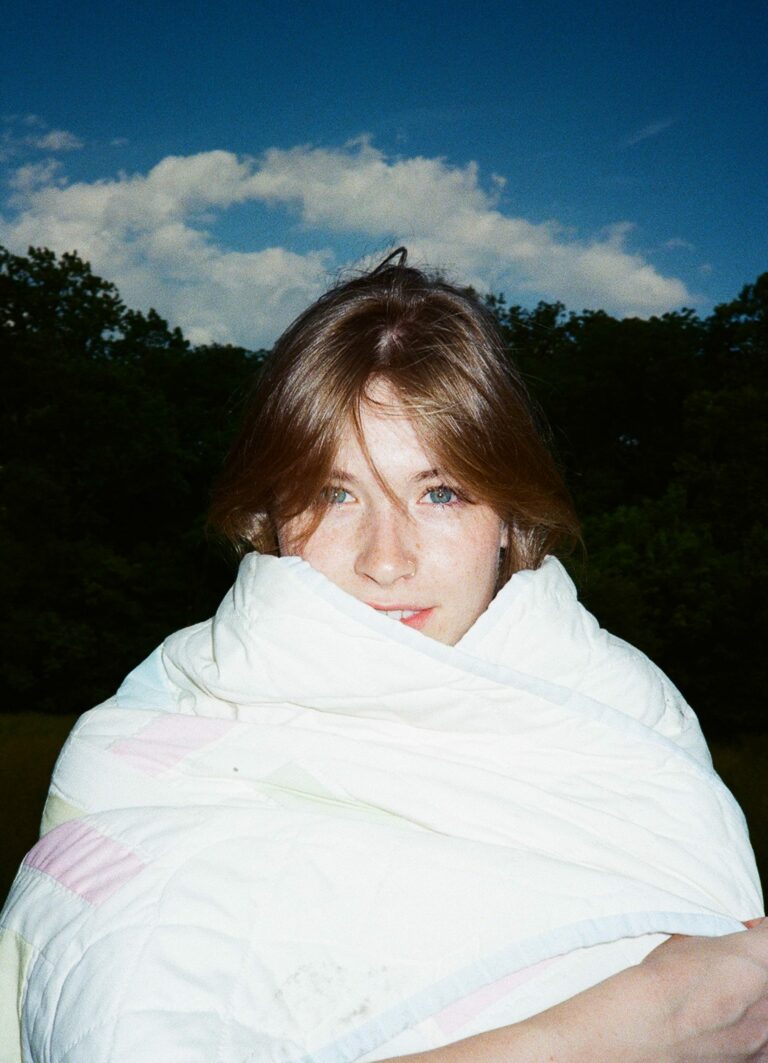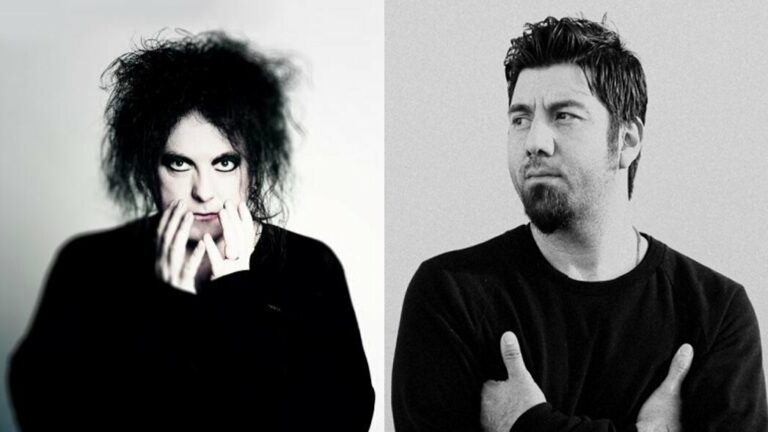Just over a year ago, Savannah Brown posted a video on her YouTube channel called ‘forming real human connections? sounds fake but ok’. Currently sitting at nearly half a million views, it’s one of her most popular videos on the platform, where she has an audience of around as many subscribers. Blending the intimacy of the vlog format with the poetic language and often artful design that has characterized her spoken word content, the video’s title hints at both its subject matter and the manner in which it is explored – that is, with a mix of wry self-awareness and earnest sincerity (see also: metamodernism – but more on that later). After briefly digging through her own personal history, she opens up about finding it difficult to build withstanding, meaningful relationships with people (“Siri, why am I so emotionally unavailable?” she asks, to which Siri retorts: “Fascinating question”) yet also feeling overwhelmed by an insatiable curiosity, a kind of deep desire for human connection in its rarest form; the kind that makes you think about the rich inner lives of the billions of people you (used to) pass by every day on the street. The kind that makes you wonder: “How many of you idiots could I love?”
If you’re reading this with a raised eyebrow but are still curious enough not to click away, she eventually boils it down to this: “When I arrive at the end of my life, I want to know that I’ve loved so much, and that I’ve been so loved.” She hesitates at the arrive, drags out the so, pauses. “And that I spent my time on Earth enjoying my own company, sure, but also made it through in camaraderie with the only other beings I will ever encounter who have any semblance of understanding –” her delivery starts to speed up like a slam poem – “of what it’s like to be looking out the window on this absolute nonsense train journey towards oblivion and I want to have looked as many of them in the eyes as I could and have said to them that I will never, ever truly know what they’re thinking…” The lo-fi indie folk of Portland’s Fox Academy plays in the background as she forms a small smile and her voice sinks to a whisper. “But God, do I understand. And God, do I hope they understand too.” And then, just before the video ends, that sense of self-awareness creeps back in: “But that is a very strong opener,” she quips.
In the span of just ten minutes, what starts out like an intimate conversation with a friend suddenly takes the form of something deeper, yet underscores both its absence as well as the seemingly insurmountable challenge of filling that empty space. But crucially, the participatory culture of the medium in which the video was posted is capable of altering its meaning; though some might be quick to assume that the internet acts as a sort of barrier, the ability to engage with the video, both through the YouTube comment section and on social media, can actually have the opposite effect. Brown, now 24 years old, already had a large online platform when she uploaded ‘forming real human connections’ – her first video that went viral, a response to an absurd video by a popular male vlogger titled ‘What Guys Look For in Girls’, came out in 2014, and she has since published a YA thriller book and two poetry collections – but the response the video got is nevertheless not only striking, but also serves as a poignant affirmation of its own ideas. Scrolling through the ocean of comments – usually not a pleasant place to be – it’s clear that a whole lot of people could relate to at least some part of the video, and by extension, to each other.
Promising that same combination of biting humour, striking vulnerability, and existential ennui, Brown announced her second poetry book, Sweetdark – the follow-up to her 2016 debut Graffiti (and other poems) – right around the time COVID-19 was declared a pandemic. But though the blurb cites “London (and occasionally the apocalypse)” as a backdrop, to call it a direct response to it would be a bit like saying that Phoebe Bridgers’ apocalyptic album Punisher, also released this year, was inspired by the current state of the world: not only is it technically false (most of the material on Sweetdark was written BC), it’s also kind of missing the point. While both artists’ sophomore outings may have taken on a new resonance in light of recent events, it’s far from the first time their work has been marked by a preoccupation with death and destruction (Bridgers’ debut LP closes with a piano ballad in which she imagines her own death; one of the main conflicts in Brown’s first novel, The Truth About Keeping Secrets, involves grappling with *the fear*). Remarkably, however, both Punisher and Sweetdark end with a vision of the apocalypse that strikes the perfect balance between a sense of optimism and despair; when Brown writes that “we all go down, and for once/ at last, we’re all singing the most/ common song”, I can’t help but imagine “those synchronized chants” sounding a lot like the chorus of voices on the searing outro of ‘I Know the End’.
But let’s not get to the end just yet. Rather than wallowing in a nihilistic pit of meaninglessness, Sweetdark opts for a more comprehensive approach, drawing on the whole spectrum of human emotion to probe the endless contradictions that can be found within it. The dichotomy in its title suggests not so much an oscillation between two not-quite-opposites but the simultaneous existence of both, and the poems here evoke a kind of intense desire to experience as much as possible, or what isn’t – to taste infinity and marvel at the vastness of the cosmos while being fully aware of one’s powerlessness in the face of it. Sometimes the “curse of yearning” manifests more as a lack, “the black chasm of want”, a void expanding. Sometimes thinking bigger and bigger only makes you feel small and irreparably alone. And sometimes, being consumed by the ocean is the only way to avoid staring at the sun, that burning thing that keeps reminding us of our doomed fate. “Do you know the weight of infinite stinging atoms, the ones you want to love, bent on your destruction?” the poetic voice asks on the opening poem ‘void/ you’, daring what could be a younger version of her own self, “horizon-eyed”, to “step into the tide of a trillion tomorrows, crush below the wet and pulverized mess spat by each frothing horror, and wade into the dark, like water.”
Each glimpse of eternity is but a moment locked in time, far removed from our inevitable demise. Such rare moments are captured in the first part of Sweetdark, which Brown imbues with a certain youthfulness: on ‘we are the fledgings’, a night out ends with the proclamation that “we were here, so far from death”; the following poem commemorates a Sunday afternoon so perfect in its ordinariness that “there was not a single/ indication the cosmos would one/ day shut like your eyes, tight/ with pleasure.” Whether it’s real or imagined or wholly constructed doesn’t make the feeling any less special. One of the many tenderly intimate poems here, ‘eternity we share’ begins with a lover’s request to “act as though you’ve just been granted immortality/ and i’ll mirror the buzz”, before it turns into an exercise in being fully present with another person. By the point we reach ‘this too shall devastate’, the penultimate poem in the collection, there are still so many miracles to celebrate, “truly large numbers crackling between the sheets/ like eggshells” and it’s beautiful and thrilling until you’re left wondering when, exactly, infinity turned into just a truly large number.
The answer, sort of, comes from space – though not in the way Phoebe Bridgers might have envisioned (the question of alien life, Brown sadly makes clear, remains unresolved). The opening lines of ‘i want you to look at the moon’, a poem created by repurposing words and phrases from quotes by the astronauts of the Apollo missions, go like this:
realize, not even the garden
of eden is infinite. make
these impossible molecules
live for more than a moment
in the body, there emerges
an intense dissatisfaction:
is this it? are we so delicate?
The transience of life casts a shadow over even the smallest of pleasures. The fear, it soon becomes evident, is not one of death as much as oblivion. On ‘in anticipation of the hydrogen bomb’, more of a candid reflection on loss and grief than its title might suggest, Brown ponders, “how do i repurpose every memory into a memorial?” The poem ‘low-level annihilation’ appears to offer a solution to this problem, but it still comes in the form of a hypothetical: “if purpose is a moment/ and not a monument then all/ there is to do is keep writing/ things down.” Another unanswerable question arises in the midst of the apocalypse: “what, then, do i do with the even smaller/ marvels?” Brown asks on ‘my own small ruin’, “phenomena like eyelashes/ and the fleshy fold of a throat from a word/ swallowed, and quiet breaths taken alone.” In a similarly poetic passage from ‘life cheated us all and i’m full of angst’ – the video that followed ‘forming real human connections’ in February of 2020, more ambitious in structure but just as existential in tone – Brown also laments the possibility of one day being unable to “get into bed or the sea or trouble, experience the first sip of coffee of the day or wine-induced euphoria,” and the list goes on and on…
But here’s the thing. As much as dread and horror and angst and yearning are undoubtedly all part of that horrid mix, the word that feels like the most fitting accompaniment to the only true constant here – existential – has to be wonder. Not mere curiosity about what happens at the end, but pure wonder at just how much there is to love and lose and hold and admire, so much that it doesn’t really matter if it’s “infinity or just a very large number” as long as there’s at least something left, something to leave behind. If the first part of Sweetdark opens with a mother’s advice to not be afraid of the sea, the third and final part begins with a father telling a story of seemingly lesser significance; this time it’s a different animal that thrusts itself into the unknown, which incites “a gnawing sort of pity for any other creature who darts towards the first shrouded wonder moving in the dark, who throws its whole self at hunger without fear of breaking teeth, who hopes the wonder might keep it alive.” Reading this book, however, what you’re left with as Brown undertakes a similar kind of endeavour isn’t a sense of pity but one of mutual understanding: that even if you can’t know exactly what each and every person who came across Sweetdark found themselves thinking about or staring at after devouring it, or whether it bore any kind of resemblance to what Brown had in mind or hoped for while writing it, somehow you can’t help but be convinced the feeling is something we all, more or less, have in common.
So perhaps now’s as good a time as any to get to the end. Except that, interestingly, the apocalyptic poem referenced earlier, ‘on the last day, i can’t help’, isn’t actually the last one – Sweetdark closes with ‘a memory’, in which the end feels imminent yet unknowably distant, belonging to both past and future. Viewed in the context of the collection as a whole, not only does it stand out as one of the most profoundly heart-wrenching poems here, but also accentuates the metamodern sensibilities embodied throughout; this sense that we, as a generation and as a species, are ceaselessly pursuing “a horizon that is forever receding.” Rather than coming off as overly philosophical or ironic, Brown strikes an achingly personal note that’s emblematic of her confessional style of poetry as well as her videos, while also articulating a structure of feeling that goes beyond the self: “here’s my worry,” she writes. “i find myself at the brink of being’s quiet crystalline/ stream, the estuary emptying into the pool of all things/ and non-things, and the synapses won’t want to quit, and my mouth will still be wet with bubbling atoms”. In an attempt to coax hope from despair, she probes for some kind of reassurance that “in some faraway future of humanity, someone like me notices this attempt at goodness, any of our exploits, any of those golden hours where we had everything and nothing hurt—”
But I don’t want to spoil the ending. And I hope I’m not giving too much away if I briefly return to the epigraph that opens the collection, from American poet Ada Limón’s ‘After You Toss Around the Ashes’: “I remembered what had been circling in me: I am beautiful. I am full of love. I am dying.” Upon first glance, I thought it was love that was the strongest, most vital word here, or dying, or maybe beautiful. While I was reading the poems, I thought it had to be full or maybe the repetition of am, which, naturally, reminded me of Sylvia Plath. But as soon as I finished the book and was ready to put it back on the shelf, it was another word that, having taken the form of a ghostly command, suddenly carried the most weight: remember.
Savannah Brown’s Sweetdark is available to purchase here.

